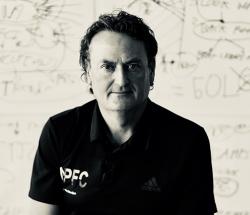Part III: Breaking Down The Impact of Positional Play
Albert Puig is a former FC Barcelona Youth Technical Director and now the Assistant Coach of New York City FC. A globally respected leader in player development, Puig’s famed La Masia developed the likes of Andres Iniesta, Gerard Pique, and Lionel Messi. Puig is the founder of APFC Courses – a program to help educate soccer coaches.
This is the third of Albert Puig’s 3 part series in which he breaks down positional play:
READ: ALBERT PUIG ON CRASH COURSE ON POSITIONAL PLAY – PART 1 and ALBERT PUIG ON CRASH COURSE ON POSITIONAL PLAY – PART 2
Let’s remember what we’ve learned so far about positional play. In the first article, we talked extensively about “building zones” and the importance of resolving the numerical superiority at our own initial third before moving the ball forward into the progression zone and, eventually, into the finalization zone.
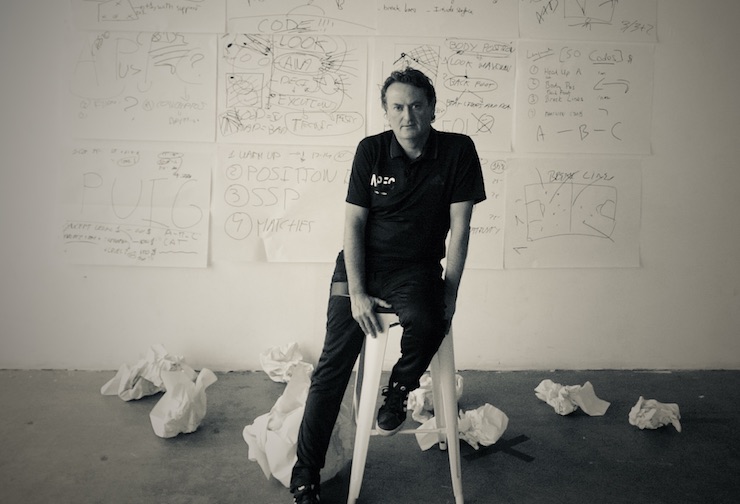
Nevertheless, building zones is just the framework of positional play and what really matters is teaching solid individual and universal concepts to our players.
As we saw during the second article, depending on the zone that we are playing in, players must recall different concepts.
For example, in the initiation zone (our third of the field), it’s crucial to play applying the concepts of “find the free man”, “third man” or “movement opposite the direction of the ball”.
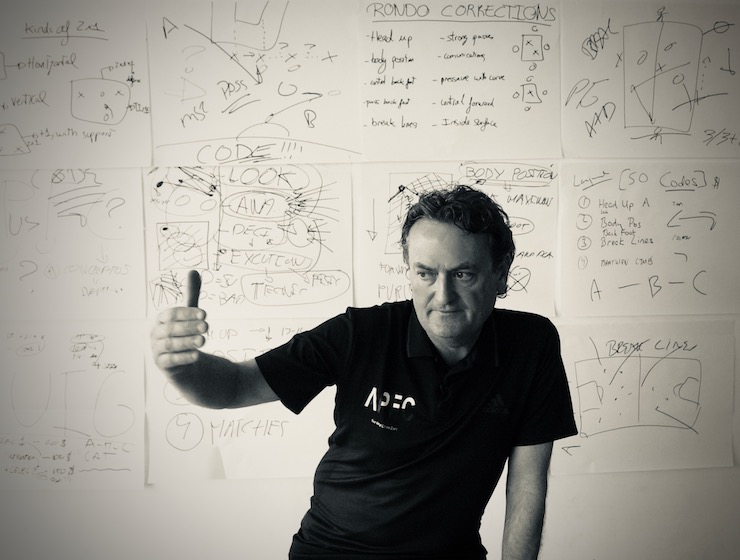
Once the ball is in the progression zone (zone 2 of 3), the concepts of “play inside”, “invite the pressure and release the pass” and “switch fields” are the most applicable. Lastly, when the ball is at the opponent’s initial third, our players must think and apply concepts such as “1vs1 offensive”, “penetration pass”, “finishing” and a few others.
In Soccer, just like with the Human Body …
Continuing with the analogy of the human body, building zones is the bone structure that helps us to stand while all the individual and team fundamentals that players must recall when moving the ball from our initiation zone (our ⅓ of the field) to the opponent’s box have to be seen as the circulatory system.
Keeping it as simple, what is the last thing we need to completely function as human beings?
What is our great evolutionary advantage? Exactly right.
The brain and our capacity to make decisions.
The efficiency – in terms of shots on target – of positional play is exclusively related to the ability, both individual and collective, to make the right decisions for each match situation or context.
The quality of our decisions depends on how good our team has been able to keep ball possession while attempting to move forward and finish up in the net in the best possible conditions.
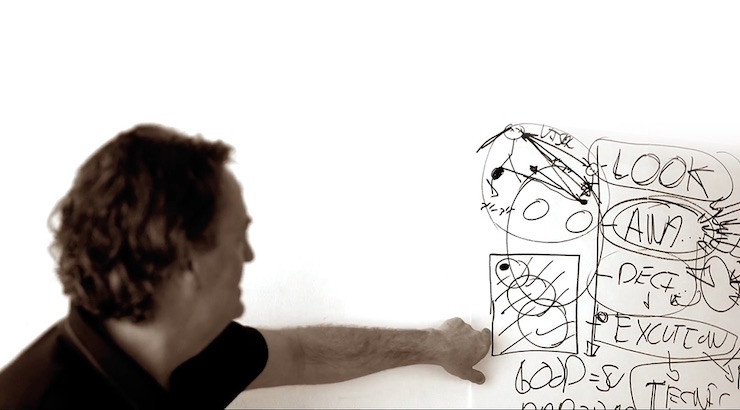
The ultimate expression of positional play, then, requires a deep understanding of two basic ideas:
- Once we know why we have to move the ball forward and what the key concepts that help us to do so, we should also know when and how.
- The answer to these two questions, the when and the how is what really defines our playing model. The playing model is defined as a set of ideas, principles, and intentions that eventually provide our players with a common identity.
- Do we want to attack using the flanks or should we find inside players instead? Should we try to make our best players receive between lines or do we want her/him positioned at any other location on the pitch? The answer to these questions is what we need in order to create the identity and the playing model of our team.
- Positional play is not a playing model by itself.
- Positional play is just the framework. The bone structure.
- The brain and all our decisions as a team are what really shows who we are and how we play. It is also important not to mix up the terms of style and playing model. The associative style might have different playing models within, and all can be based on positional play.
- In order to create a playing model, coaches need their own particular ideas. They need to have their own taste. The only rule a coach should follow is to question whether this or that idea is reasonable, efficient and falls under the universal concepts that are included within the positional play.
- The second idea to ultimately be efficient under positional play is to understand how the opposing team plays. Our playing model should be flexible enough to adapt and resolve the opponent’s defending and attacking structures.
- It isn’t the same thing to build up the game against one striker and two wingers than against two strikers and two wingers.
- Also, it is not the same to play against a team which presses high than to play against a team that defends closer to its own box.
- Also, even at the individual level, things change if the opposing team has a left center back who is right footed. Even this tiny detail will influence the way we want to press the rival team.
- As you can see, the opposing team is also a key element to consider in order for our team to succeed and win the match.
Positional play is not a playing model by itself.
Overall, our possibilities to win a match depends on several factors and briefly implementing the concepts of positional play will not guarantee a successful outcome.
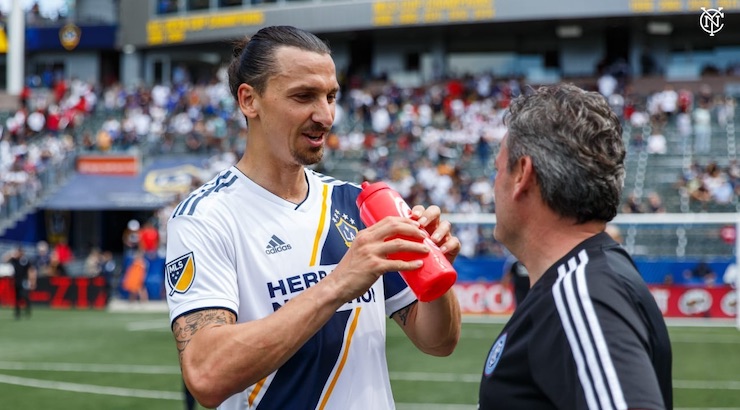
But the more we work on positional play, our playing model and the opposition’s general playing traits, we will surely be much closer to being more effective than the rival team when it comes to shots on target.
READ: ALBERT PUIG ON CRASH COURSE ON POSITIONAL PLAY – PART 1 and ALBERT PUIG ON CRASH COURSE ON POSITIONAL PLAY – PART 2
Finally, I wanted to reiterate that we have barely talked about the importance of a multi-disciplinary approach to soccer where not only positional play but also emotional and conditional training affects and influences the capacity of our players to enjoy the beautiful game.

As usual, once we start talking about soccer, conversations are endless and so are possibilities.
The main point of these three articles was for you to have a general idea of how teams are developed in European and especially in Barcelona, Catalunya, and Spain.
Positional play (building zones + concepts), playing model and opposition’s identification marks. All these together will help you hone your coaching skills and reach another level, a level I am sure all you soccer coaches are striving to reach.
Related Soccer News: ALBERT PUIG ON DEVELOPING BETTER YOUTH SOCCER COACHES and ALBERT PUIG ON WHY DO SO MANY YOUTH SOCCER COACHES YELL FROM THE SIDELINES?

